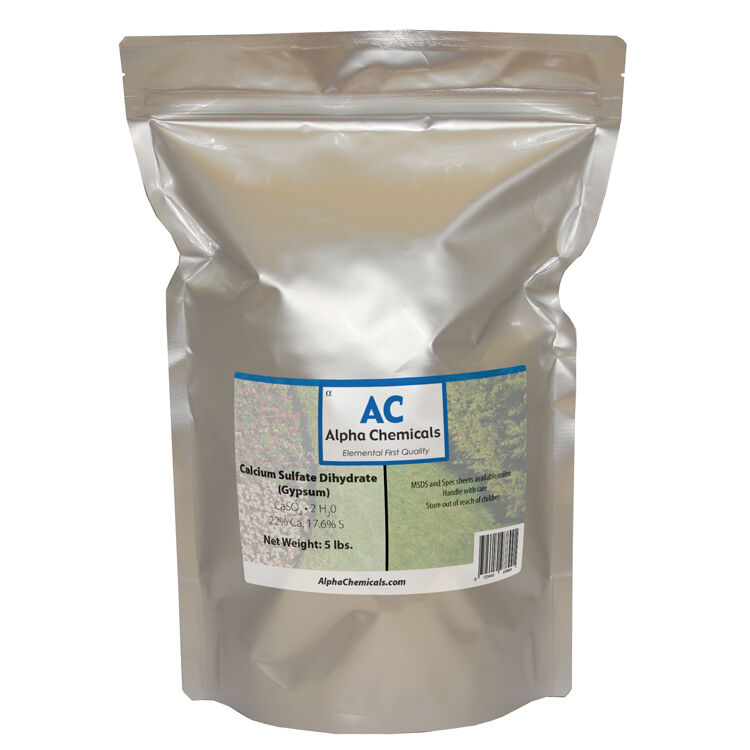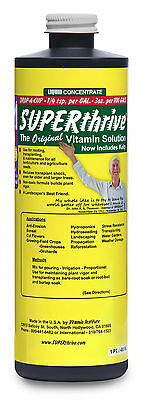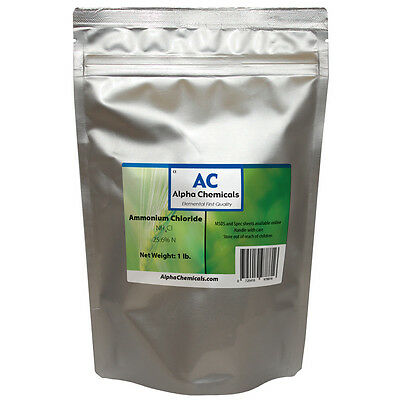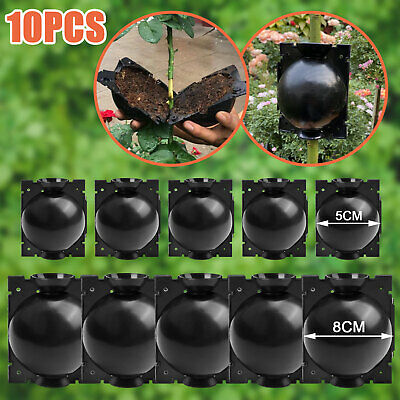-40%
4 lb Buck Forage Oats Seeds Prerferred by Whitetails
$ 7.89
- Description
- Size Guide
Description
The bag photos are for information purposes only. We repacking the seeds.PLEASE READ THIS LIVE PRODUCT WARRANTY BEFORE ORDERING OUR SEED Seed is a live product which depends on many important related grower skills such as, proper planting time, seed depth, type of soil, irrigation, proper use of fertilizers, weed controls, fungicides, insecticides, disease free soil, and reasonable weather conditions during the growing period. These factors are totally out of the seeds man's control and are the growers responsibility and risk. Our seed cannot be unconditionally guaranteed to perform properly - regardless of weather conditions or the growers methods or mistakes.
Attracting whitetails during the hunting season is our highest priority. We do this with the world’s greatest, most Winter tolerant oats ever developed. This is food plot seed of the highest quality, and is hand-picked by Dr. James C. Kroll from his private forage preference trials for white-tailed deer.
Since the late 1980s, Dr. Kroll has compared hundreds of different Spring and Winter Oat varieties for actual deer utilization, as well as cold tolerance and forage quality. Buck Forage Oats has been rated #1 by Dr. Kroll in these trials every year!
⦁
World class Winter tolerance
⦁
High nutrient values, including 18% minimum protein
⦁
Excellent palatability and digestible energy
⦁
The most preferred food plot for fall and Winter attraction
⦁
Easy to plant and maintain
FREQUENTLY-ASKED QUESTIONS
Why are Buck Forage Oats different than other oats?
Buck Forage Oats are more winter-hardy than others and tend to grow slower than other oats in the fall. Smaller means much more tender and palatable. Spring (Northern) oats die out at 25 – 28 degrees. Buck Forage can take temperatures approaching on.
Why do deer prefer Buck Forage Oats?
We can't say for sure, but we think it is because Buck Forage tend to stay smaller longer. As small grains get larger they lend to become tough and the protein content decreases.
Has Buck Forage ever been tested?
Yes. Beginning in 1991, we asked Dr. Kroll to test and recommend it. Buck Forage has rated first for fall preference in Dr. Kroll’s entire test since then.
Will Buck Forage Oats reseed themselves?
No. there is no easy route to successful food plots. Some plants (ex. clover) will reseed under ideal conditions, or come back from the roots.
Do I have to work the ground?
Yes, and you have to cover the seed about 2" deep. No-till food plots sound great, but have low success rates. Some people successfully broadcast Buck Forage Oats ahead of a rain without tilling. This practice won’t be successful every time.
How much do I plant?
100 pounds per acre.
Do I need fertilizer and lime?
Probably. Check with your local extension office for soil testing and their recommendations. A general recommendation on fertilizer is 200 lbs. per acre of 13/13/13. Optimal PH is 7.
Is there another crop that will attract deer as well?
Several, but none that produce during the fall. Soybeans and cowpeas are excellent, but must be Spring planted. Buck Forage Oats are the best for hunting season.
Is Clover as good as Oats?
Clover is an excellent food plot especially in the Spring. Most Clover has its best growth in the Spring. During the Fall deer prefer Oats.
Is there a single planting that will produce year round?
No single seed, but Buck Forage Chicory comes very close.
Will wheat be as good as Buck Forage Oats?
No! Plant any wheat next to Buck Forage and see for yourself. Secondly, most wheat is selected for grain production only. Generally wheat produces about 40% less forage than Oats.
Is rape a good food plot?
Rape is a member of the Brassica family. Rape is high in protein but low in preference by deer. You will probably not experience much utilization. We strongly discourage anyone planting Brassicas for fall attraction. Brassicas includes turnip greens, mustard greens, spinach and rape.
What about blends?
Some blends are good nutrition plots. However, there can only be one most preferred seed in any blend. If you want full attraction, don't mix your seed with less-preferred plants.
How far north can I plant Buck Forage Oats?
Buck Forage can be planted as far north as Southern Canada. The oats will remain green until temperatures drop to 10 degrees or below, extremely cold temperatures will freeze any oat. (Deer will dig Buck Forage Oats out of snow cover.)
How much forage will Buck Forage Oats produce?
Buck Forage Oats have not been in any forage trails. It was selected for its ability to attract and hold deer for the longest period. Under ideal conditions Buck Forage Oats can produce I excess or 10,000 lbs. per acre. Excess fall growth usually results in lowered protein content. Remember: large plants are stringy and tough. We believe deer prefer tender plants. Buck Forage Oats remain tender longer than other oats.
Why not just feed corn?
Two reasons. First, corn doesn’t contain the level of protein deer need. Second, it is much more economical to produce food plots than to buy grain. Research in Texas indicates supplemental feeding costs 10 times what food plots do.
Are Buck Forage Oats drought resistant?
Yes. It has successfully been grown in 20-inch annual rainfall areas. (Buck Forage Oats will not tolerate desert condition.) Excellent results have been obtained in areas such as South Texas and Mexico.
I have been told the deer will eat fescue and rye grass in the fall. Why shouldn't we plant these instead of Buck Forage Oats?
First, in our experience and many university trails, deer have a low preference for these two grasses. We rate cold season grass last in preference among the fall seeded plot. Second, deer cannot digest grass well. Just because they are green and deer will eat it doesn’t necessarily make it nutritional or digestible.
What is no-till?
No-till planting was developed to help control erosion. It involves using high rates of non-selective herbicides to burn down vegetation and then plant seed using a very expensive and heavy no-till planter designed for this purpose. Some seed blends are being marketed as no-till and suggest broadcasting them in weeds. We do not recommend this practice because seeds that will produce under these conditions are not preferred by deer
PLANTING INSTRUCTIONS
- Disc or till ground to produce a soft seed bed.
- Broadcast seed or drill 100-120 pounds per acre. No till drilling is highly recommended.
- If broadcast, re-disc the plot with the disc blades 4 inches deep for best results. If drilled, consult drill maker setting and set seed 2 inches deep in the soil.
- Fertilize and lime according to soil test recommendations prior to planting. With no soil test, apply 200 pounds of 13-13-13 fertilizer as a pre-plant application or top dress after planting.
FREQUENTLY-ASKED QUESTIONS
Why are Buck Forage Oats different than other oats?
Buck Forage Oats are more winter-hardy than others and tend to grow slower than other oats in the fall. Smaller means much more tender and palatable. Spring (Northern) oats die out at 25 – 28 degrees. Buck Forage can take temperatures approaching on.
Why do deer prefer Buck Forage Oats?
We can't say for sure, but we think it is because Buck Forage tend to stay smaller longer. As small grains get larger they lend to become tough and the protein content decreases.
Has Buck Forage ever been tested?
Yes. Beginning in 1991, we asked Dr. Kroll to test and recommend it. Buck Forage has rated first for fall preference in Dr. Kroll’s entire test since then.
Will Buck Forage Oats reseed themselves?
No. there is no easy route to successful food plots. Some plants (ex. clover) will reseed under ideal conditions, or come back from the roots.
Do I have to work the ground?
Yes, and you have to cover the seed about 2" deep. No-till food plots sound great, but have low success rates. Some people successfully broadcast Buck Forage Oats ahead of a rain without tilling. This practice won’t be successful every time.
How much do I plant?
100 pounds per acre.
Do I need fertilizer and lime?
Probably. Check with your local extension office for soil testing and their recommendations. A general recommendation on fertilizer is 200 lbs. per acre of 13/13/13. Optimal PH is 7.
Is there another crop that will attract deer as well?
Several, but none that produce during the fall. Soybeans and cowpeas are excellent, but must be Spring planted. Buck Forage Oats are the best for hunting season.
Is Clover as good as Oats?
Clover is an excellent food plot especially in the Spring. Most Clover has its best growth in the Spring. During the Fall deer prefer Oats.
Is there a single planting that will produce year round?
No single seed, but Buck Forage Chicory comes very close.
Will wheat be as good as Buck Forage Oats?
No! Plant any wheat next to Buck Forage and see for yourself. Secondly, most wheat is selected for grain production only. Generally wheat produces about 40% less forage than Oats.
Is rape a good food plot?
Rape is a member of the Brassica family. Rape is high in protein but low in preference by deer. You will probably not experience much utilization. We strongly discourage anyone planting Brassicas for fall attraction. Brassicas includes turnip greens, mustard greens, spinach and rape.
What about blends?
Some blends are good nutrition plots. However, there can only be one most preferred seed in any blend. If you want full attraction, don't mix your seed with less-preferred plants.
How far north can I plant Buck Forage Oats?
Buck Forage can be planted as far north as Southern Canada. The oats will remain green until temperatures drop to 10 degrees or below, extremely cold temperatures will freeze any oat. (Deer will dig Buck Forage Oats out of snow cover.)
How much forage will Buck Forage Oats produce?
Buck Forage Oats have not been in any forage trails. It was selected for its ability to attract and hold deer for the longest period. Under ideal conditions Buck Forage Oats can produce I excess or 10,000 lbs. per acre. Excess fall growth usually results in lowered protein content. Remember: large plants are stringy and tough. We believe deer prefer tender plants. Buck Forage Oats remain tender longer than other oats.
Why not just feed corn?
Two reasons. First, corn doesn’t contain the level of protein deer need. Second, it is much more economical to produce food plots than to buy grain. Research in Texas indicates supplemental feeding costs 10 times what food plots do.
Are Buck Forage Oats drought resistant?
Yes. It has successfully been grown in 20-inch annual rainfall areas. (Buck Forage Oats will not tolerate desert condition.) Excellent results have been obtained in areas such as South Texas and Mexico.
I have been told the deer will eat fescue and rye grass in the fall. Why shouldn't we plant these instead of Buck Forage Oats?
First, in our experience and many university trails, deer have a low preference for these two grasses. We rate cold season grass last in preference among the fall seeded plot. Second, deer cannot digest grass well. Just because they are green and deer will eat it doesn’t necessarily make it nutritional or digestible.
What is no-till?
No-till planting was developed to help control erosion. It involves using high rates of non-selective herbicides to burn down vegetation and then plant seed using a very expensive and heavy no-till planter designed for this purpose. Some seed blends are being marketed as no-till and suggest broadcasting them in weeds. We do not recommend this practice because seeds that will produce under these conditions are not preferred by deer












